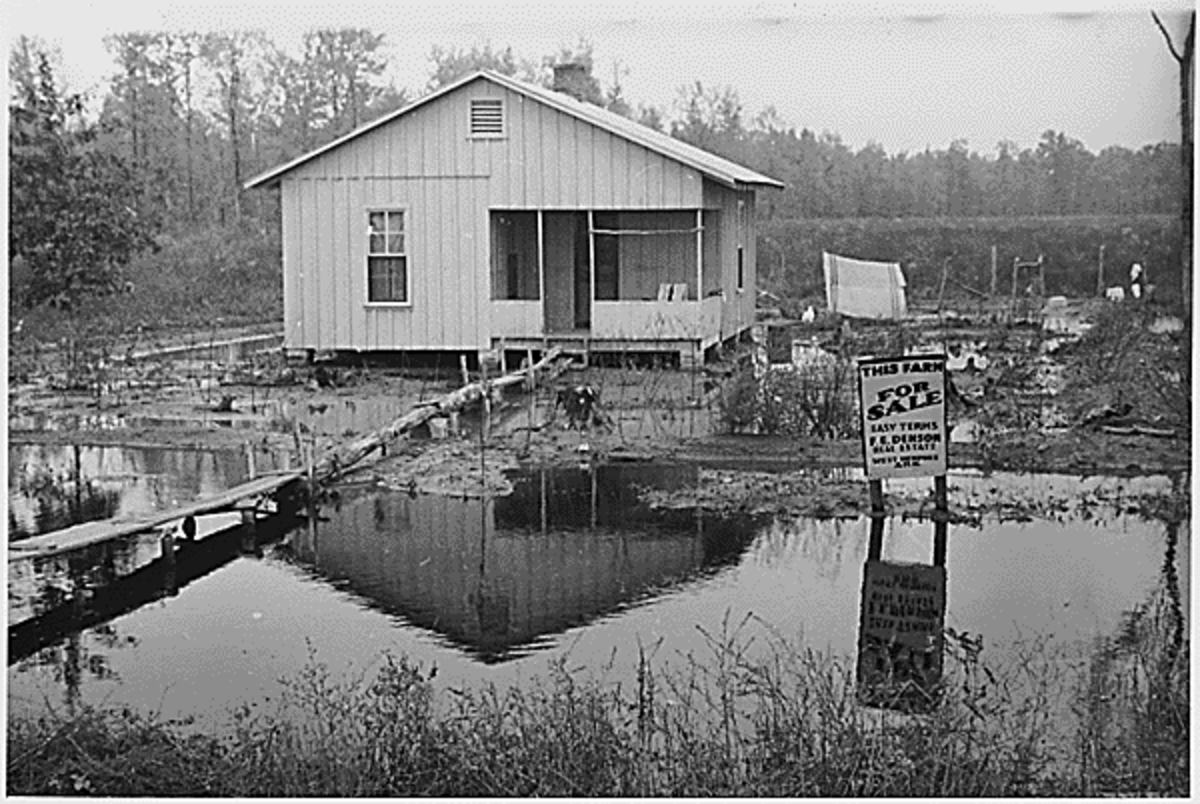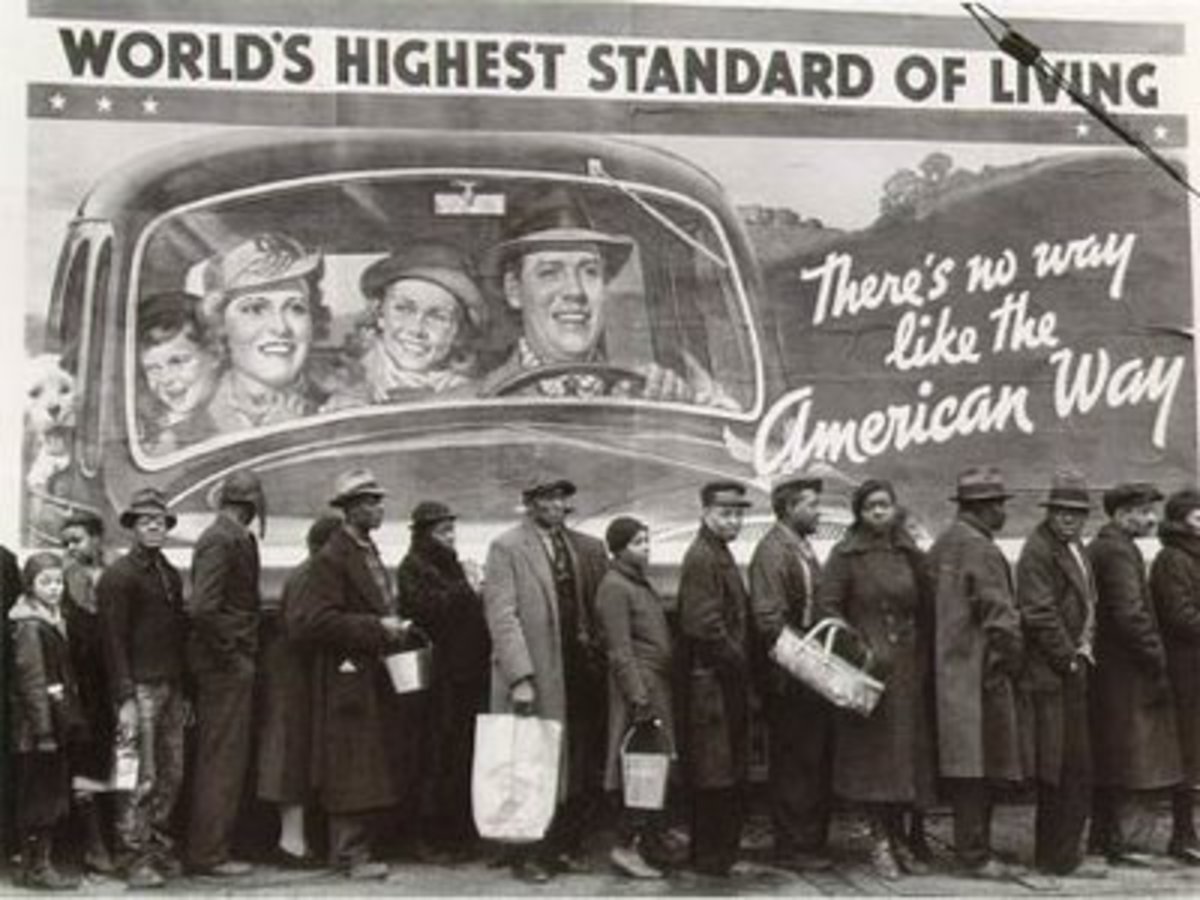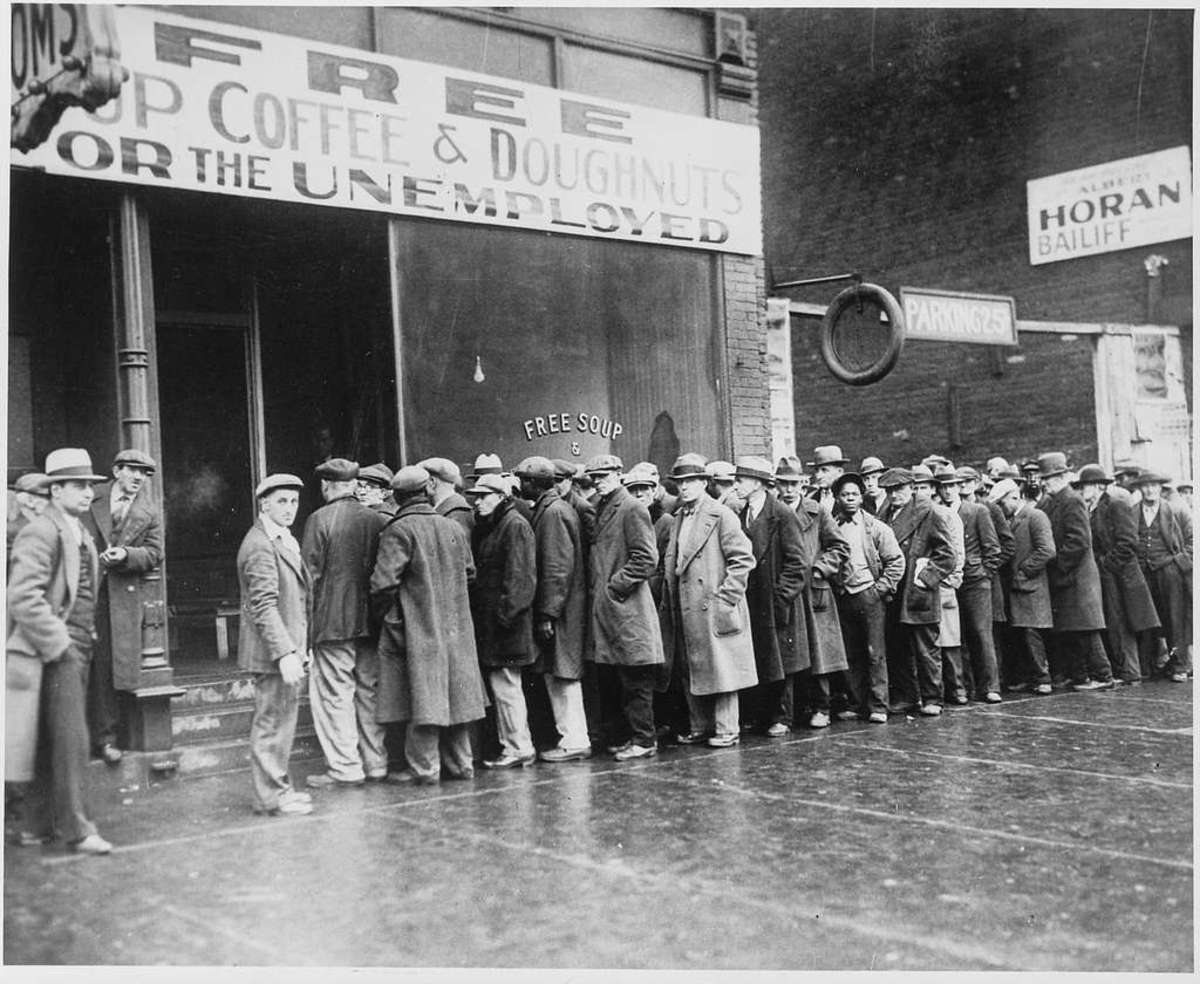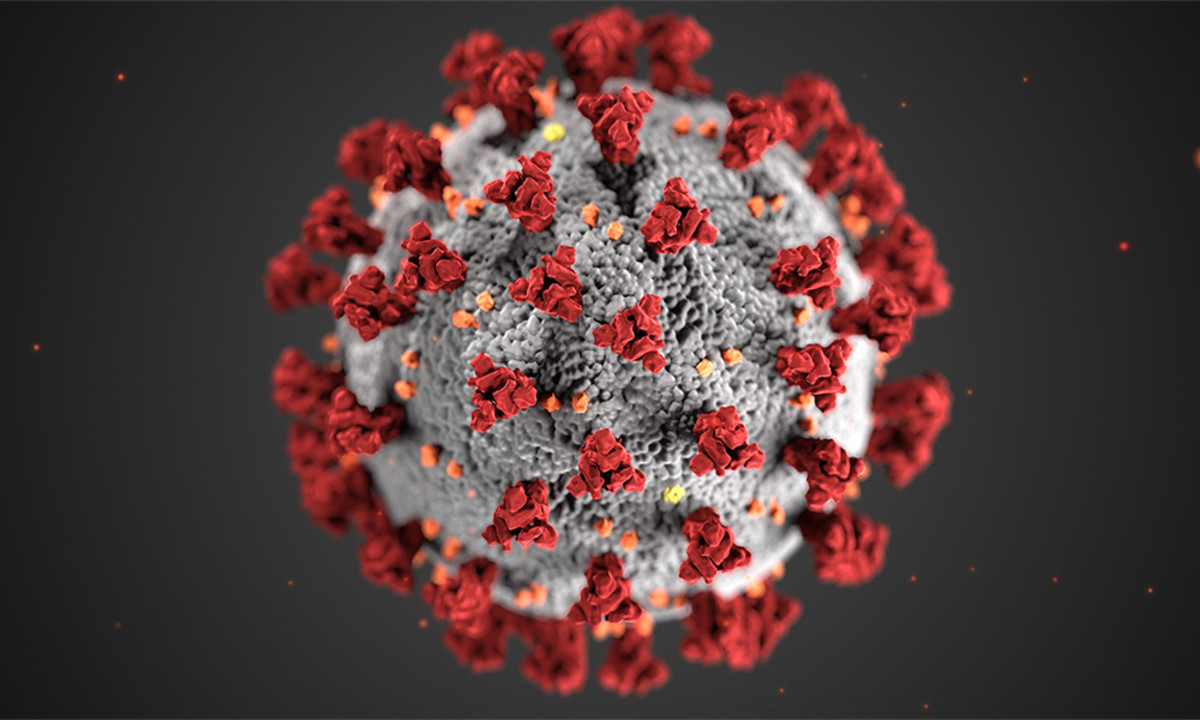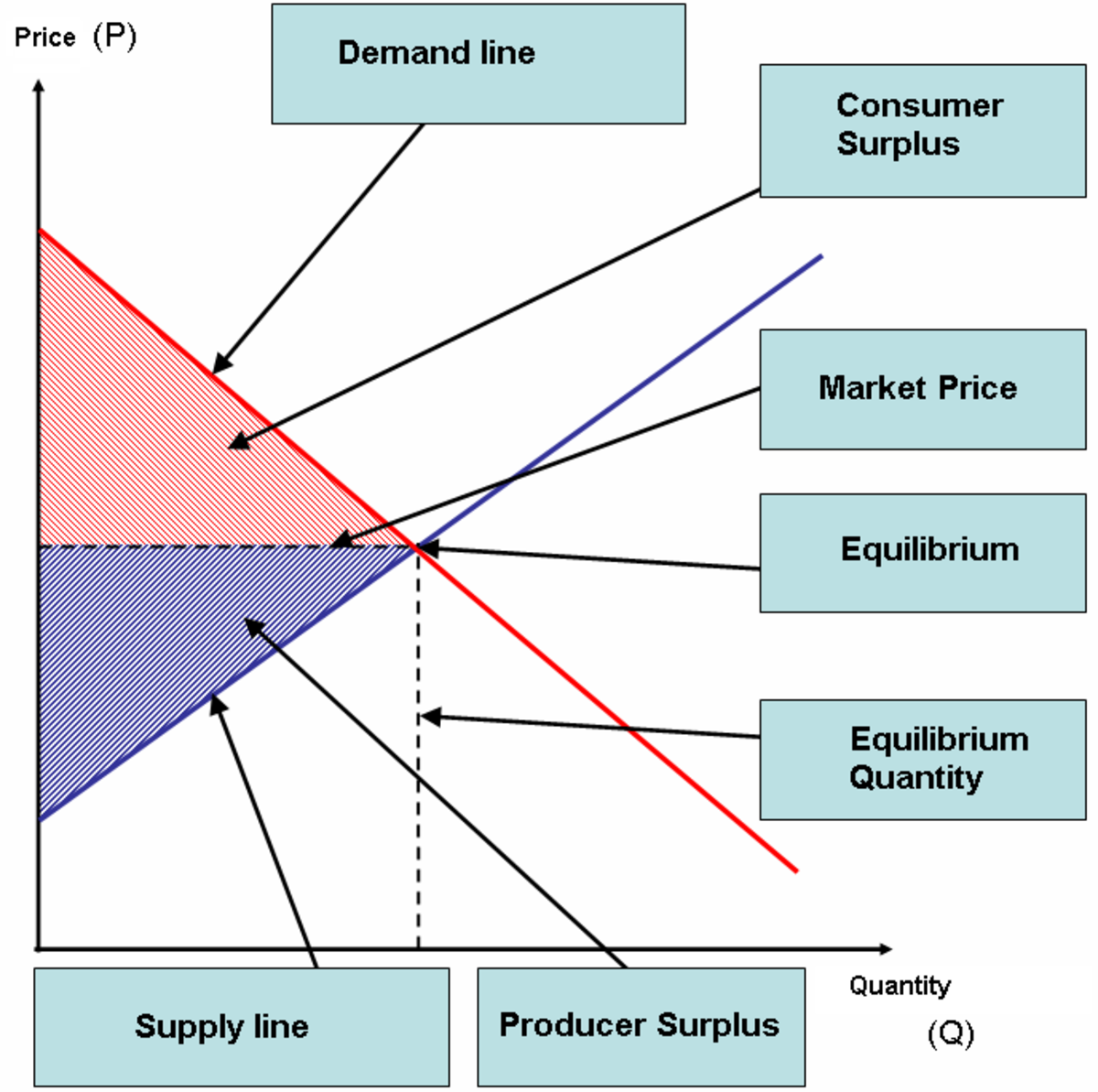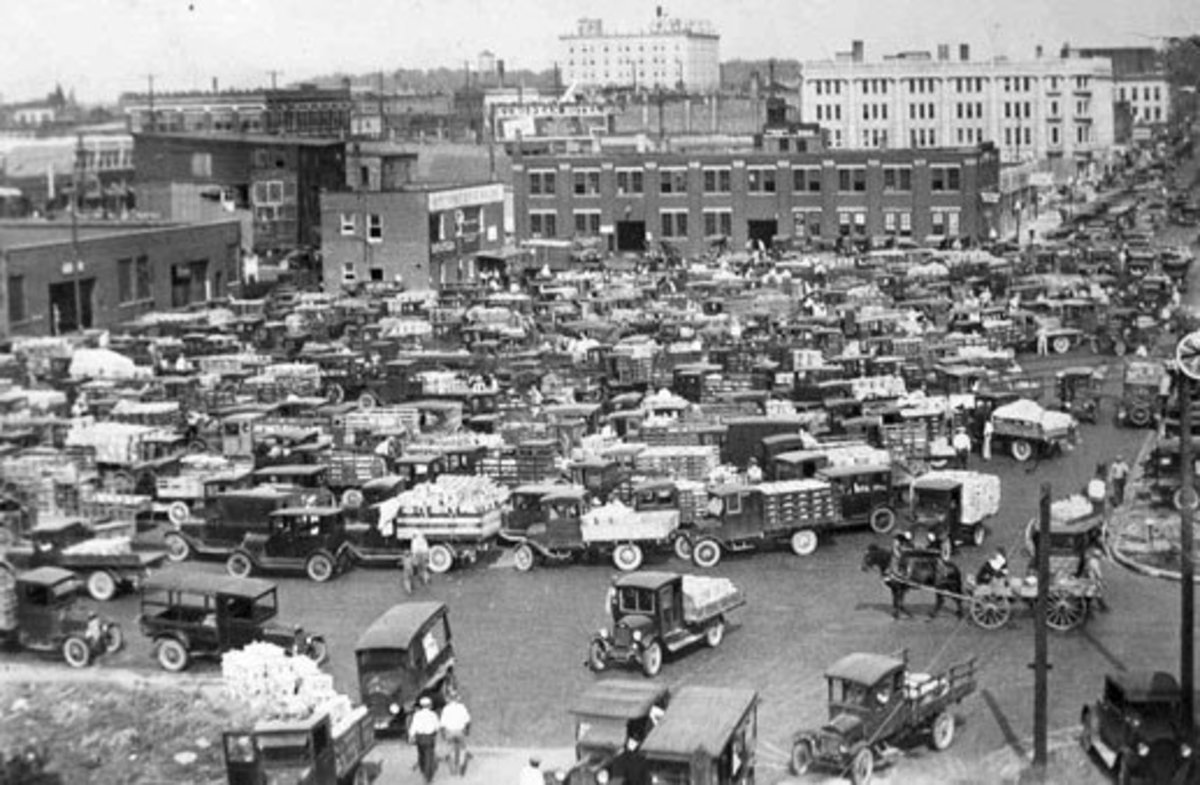We Are Not In A Depression
I’ve seen many comments lately, mostly by the younger generation, saying we are in a depression. We are not in a depression here in the United States, not even close; if we were most people today wouldn’t be able to get through it.
Some have said, “My medical benefits were cut” or “My unemployment ran out” or “My food stamps aren’t enough to feed my family.”
First of all those benefits you speak of were nonexistent during the “Great Depression.” Most government assistance we have today was created because of the depression. I’m not old enough to have lived through any of it but I can tell you what we have is only a recession. I did live through the recession of the 80’s and we aren’t even struggling as much as people were then… yet.
I’m no economist but lets compare how things were during the real depression and how things are today.
- Banks Close Their Doors
Even if you had money in many cases you couldn’t get to it because the banks were failing. Many lost thousands of dollars and never trusted banks again.
A few years a go an elderly man here in my little town passed away. He left his home and land to the church next door. They bulldozed his house to make more parking and when they dug into the ground under his detached garage they found dozens of pickle jars full of silver dollars. He lived through the depression and didn’t trust banks so he buried his assets in the dirt where he knew he would be able to get to them. They stopped the bulldozer and had men with shovels carefully unearth the money. There was thousands of dollars worth of coins but they were worth even more because they were so old.
Today:
If you have money in the bank you most certainly can get to it. The FDIC protects you and your money. See link below.
- Weather
A major cause of the depression in the United States was due to a wide spread drought that lasted almost a decade. A good portion of the south and Midwest were farmers and depended on rain to grow crops not only to feed their own family but the rest of the country as well.
Today:
Even though we have seen severe weather that has broken records we still get appreciable rain amounts (unless you live in the desert) and people can grow gardens in their backyards, terraces and balconies to supplement their grocery bill.
Unfortunately, many Americans do not know how to cook food from basic ingredients and rely on convenience foods and restaurants to eat. Making food at home saves a lot of money. Some states have initiated cooking schools for low-income families that need these basic skills to survive.
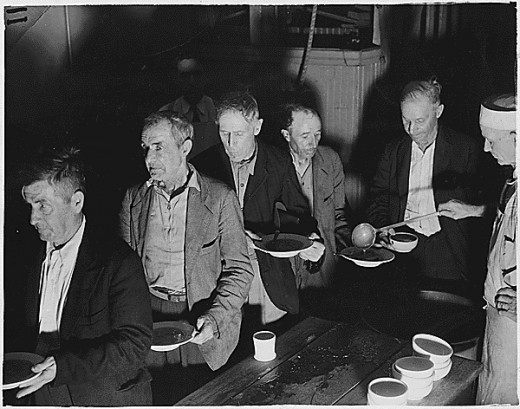
- Child Labor Laws
There were no laws to protect children from working long hours or age limits of when a child could start work. Many quit school in the third grade to find employment to help buy food. Only the wealthy continued their education and went on to high school.
Today:
Most American children don’t even clean their own rooms much less do any real work.
- Minimum Wage
The government didn’t have a set amount that was fair to start an employee so employers could pay you as little as they wanted to, usually by the job or the day instead of by the hour. Since jobs were scarce a man would take anything he could get and didn’t squabble over how much he was paid; he was just proud to have a job.
Minimum wage was created in 1938 at a rate of twenty-five cents an hour.
Today:
We have labor laws, minimum wage and over time regulations to protect workers from mistreatment.
- Welfare
There was none. In the 1800’s the government started a pension plan for low-income veterans but until the Great Depression there was no system in place to give poor people money. If you needed income you figured it out on your own by doing whatever work you could find. There was no hand out.
Today:
Depending upon your state there are programs in place to help needy families until they can find employment. They are intended to be temporary until a person can get on their feet; not a permanent income.
- Food Stamps or Cards
No such thing. If you were hungry and didn’t have any food you stood in very long soup kitchen lines hoping and praying they didn’t run out before you and your kids got there. What they offered was a very watery substance that barely qualified as soup and hard tack (a tough biscuit). If you found a piece of turnip or other vegetable in your bowl you considered yourself lucky; meat was too expensive. Remember most of America was a dust storm and nothing would grow so that meant a lot of starving people.
Country people were in worse shape living off whatever they could find in the country. Often living on weeds, wild nuts and berries. Many people starved or got rickets from malnutrition.
People make fun of some countries for eating cats and dogs but, during the Great Depression people ate whatever they could get their hands on including pets, rats, squirrels, raccoons, armadillos, pigeons or whatever. Having an animal was a luxury most could not afford. Most pets starved to death or were killed.
Some resorted to theft. If a neighbor had chickens they had to keep a close watch on them because if they didn’t they would disappear.
Today:
Our kids are far from starving: many are obese along with their parents. I bet you had to look up rickets to even see what it was.
- Medical Benefits
Again, there wasn’t any government health insurance for the poor. I recently read a young woman’s lament at having her medical benefits reduced and not getting proper dental care. During the Great Depression dental care was a pair of pliers used by a brave family member. If you had a bad tooth, it came out. Yes, there were a lot of toothless people back then.
Doctors made house calls and they didn’t go in the poor district or shantytowns because they knew those people didn’t have any money. Many died due to the lack of care.
After the Great Depression health care benefits and laws were created to protect citizens.
Today:
You can go to any hospital and get care whether or not you have money or insurance if it is an emergency. They will set broke bones, sew up wounds and deliver babies. Any non-emergency medical needs may not be addressed depending on where you live. This is part of why Obama is creating a health care program. I won’t get into the politics or whether I agree with it or not. I will say that something needs to be done because we have clinics going bankrupt due to helping the poor.
- Unemployment Benefits
None. The unemployment rate was a fourth of the workforce in America. You have to understand when we give numbers these days we include women. During the Great Depression most women didn’t work so they weren’t counted in the jobless rates.
Today:
You can get unemployment benefits for a specified length of time. It isn’t indefinite and you are expected to find further employment but at least you can get help for a while after losing your job. Some people don’t know they will be laid off or fired until the moment it happens so they have no way of preparing. Receiving benefits enables you to have income while you make other arrangements. It was never meant to be a permanent source of income.
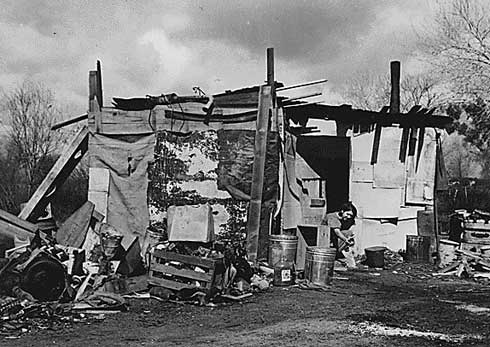
- Shanty Town
Many found themselves without a place to live and no money to pay rent so they built make shift structures out of whatever materials they could find often living next to a dump.
Today:
While I won’t say we don’t have shantytowns we have other resources and options that were not available during the Great Depression. The Housing and Urban development helps people get housing at a reduced rate that is affordable to them. Families with children take precedence to insure our young ones have a safe environment in which to grow up.
- Abandoned Wives and Families
Thousands of men left their wives to look for work and were never heard from again. Many committed suicide from the guilt of leaving their families to fend for themselves and not finding work to help them.
There was no birth control so families were quite large back then.
Today:
We have many single mothers raising kids but most is by choice and not from abandonment.There are benefits in place to help low income families with children and laws to make fathers pay child support. These programs were not available to women in the 30's.
Birth control is available so a woman can decide when and how many children she has.
- FDIC: Learning Bank
- Drought in 1930s Agriculture
- 50 Interesting Facts about the Great Depression
Interesting Great Depression facts, including amazing statistics, cultural and social trends, and comparisons to today. - US Welfare System - Help for US Citizens
The US welfare system includes state aid and federal help through TANF. For those struggling through the hard economic times welfare could help. Learn more on the welfare program here.




